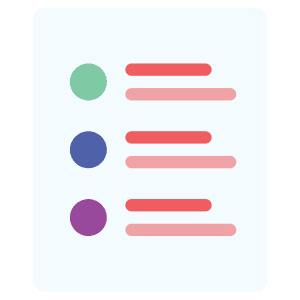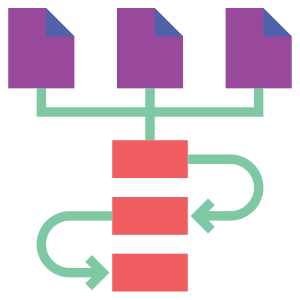R2-001: Release Engineer Professional Artisan
R2-001 is the second certification in the multi-level professional certification program of the DevOps Artisan Release Learning Path.
Attaining certified status means you possess the skills and hands-on experience necessary to implement and build efficient and secure Continuous Delivery Pipelines with Git & Jenkins.
Attaining certified status means you possess the skills and hands-on experience necessary to implement and build efficient and secure Continuous Delivery Pipelines with Git & Jenkins.
Prerequisite
The candidate must have an active R1-001 certification in order to take the R2-001 exam.
Format

Type

Time

Cost

Language
Exam Objectives
Part 1: Jenkins
Objective 1.1. Explain how Docker and Ansible can be integrated with Jenkins
Details• Explain how Jenkins jobs can be run on a Docker remote host through SSH
• Explain how Ansible can be integrated with Jenkins
• Explain how Playbooks can be executed from Jenkins jobs
Objective 1.2. Explain what pipelines are and how they can be used
Details• Explain how pipelines can be defined
• Explain how pipeline can be visualized and what Blue Ocean is
• Explain how pipelines can be used to create a jar for a Maven application
• Explain how pipelines can be used to build Docker images
Objective 1.3. Explain what Jenkins REST API is
Details• Describe XML API
• Describe JSON API
• Explain how jobs can be created with Jenkins API and Python SDK
Objective 1.4. Explain how Groovy can be used in the context of Jenkins
Details• Explain what Groovy is
• Explain what Groovy script console is
• Explain what Groovy jobs are
• Explain what Groovy Postbuild plugin does and how it can be used
Objective 1.5. Explain how Shared Libraries can be used in Jenkins
Details• Explain what Share Libraries are
• Explain what scripted pipelines are
• Explain how a Jenkinsfile can be used
• Explain what multibranch pipelines are
Objective 1.6. Explain how Jenkins Security works
Details• Explain which aspects of Jenkins need to be secured
• Explain how authentication is done in the context of Jenkins
• Explain how authorization is performed on a Jenkins server
• Explain which are the security best practices that need to be used when working with Jenkins
Objective 1.7. Explain how Jenkins can be monitored
Details• Explain how a Jenkins server can be monitored
• Explain how issues can be debugged
• Explain how system logs can be accessed and used to identify issues
Part 2: Git
Objective 2.1. Explain what merge and rebase are
Details• Differentiate between merge and rebase
• Explain how merge works
• Explain how rebase works
• Explain what conflicts can occur and how they can be solved
Objective 2.2. Explain what Git specific mechanism are and how they work
Details• Explain what Cherry Pick is
• Explain what Pull Requests are
• Explain what Stash is
• Explain what Amend is
Objective 2.3. Explain how commits can be managed
Details• Explain how changes can be reset
• Explain how specific commits can be checked out
• Explain how commits can be compared
• Explain how the commit pointers work
Objective 2.4. Explain what commit hooks are
Details• Explain how commit hooks can be defined and used
• Differentiate between the types of hooks
Objective 2.5. Explain how Git internally works
Details• Explain how it stores commits
• Explain what does a commit object contain
• Explain how it manages branches
For operational queries, please contact: certifications@devopsartisan.com
Sign up for our newsletter
Be the first to hear about our latest courses by signing up to our mailing list.
Contact
Bucharest, 44 Serg. Nutu Ion St.
"One Cotroceni Park Office", Building B, 4th floor
District 5, 050762, Romania


